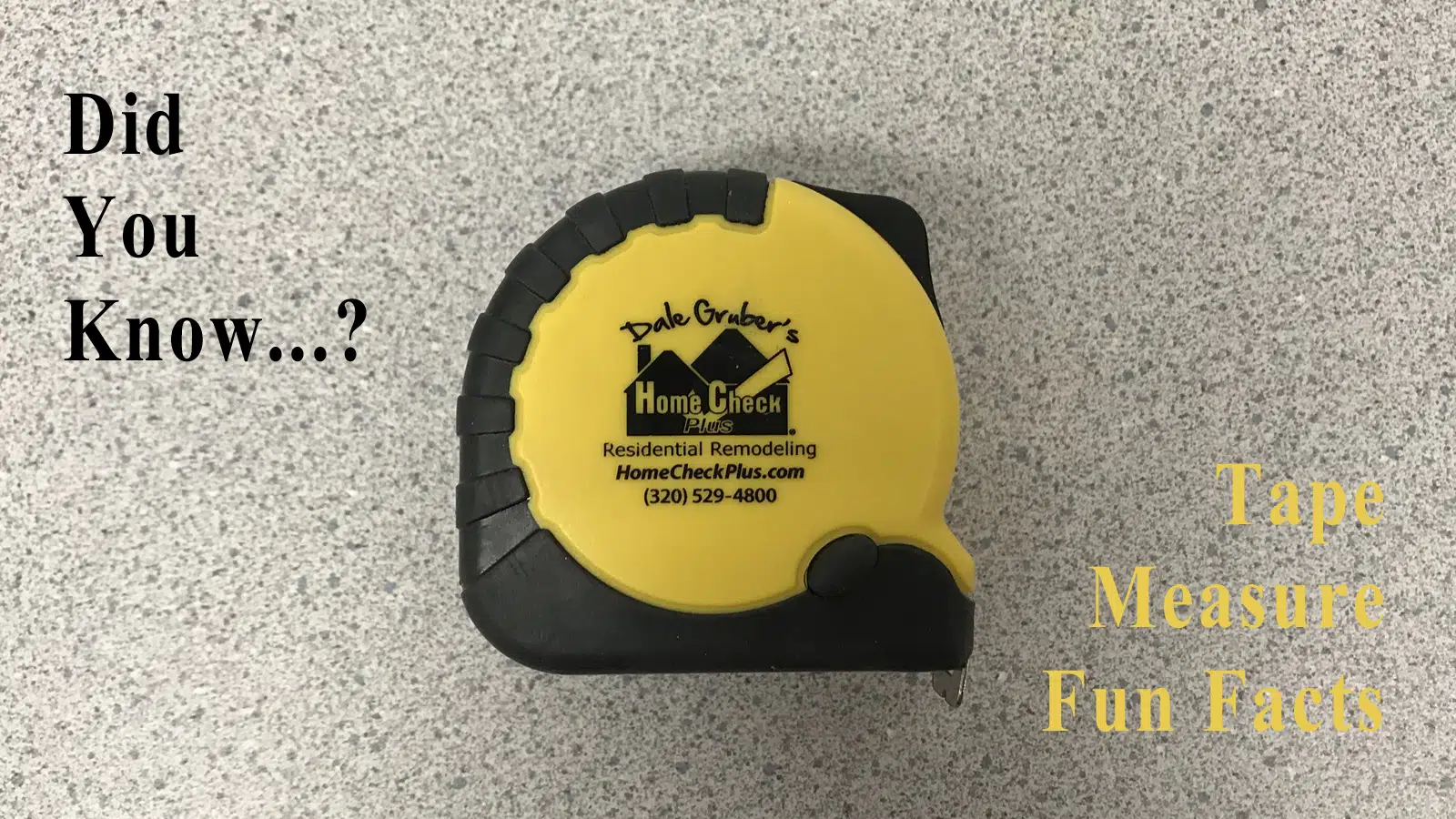The tape measure is easily the most used and important tool in our tool box. Dale always says, “Measure twice, cut once.” In honor of National Tape Measure Day, here are some interesting history and fun facts about the tape measure.
- Alvin J. Fellows of New Haven, Connecticut received the patent for a spring-click tape measure in 1868.
- The invention originated in Sheffield, England by James Chesterman around 1829.
- Chesterman was in the business of making “flat wire” for crinoline hoop skirts that were in fashion back then. He developed a heat treated process that made the flat wire stronger. When that fashion trend faded, he was left with a surplus of metal tape.
- Chesterman then decided to put graduated marks on very long steel tapes, so he could market them to surveyors — hoping they’d find his product’s lightweight, more accurate and easy to coil & uncoil design appealing.
- Chesterman’s tapes sold in the United States for $17, which is about $300 in today’s money.
- Fellows’ main contribution was the method of attaching the spring clip, which locks the tape and doesn’t retract until you release the clip.
- The steel tape measure didn’t become popular until the 1940s. Before that, the carpenter’s folding wooden ruler was the most commonly used collapsible measuring device in the United States.
- In 1876, Justus Roe & Sons began manufacturing steel tape measures in the United States.
- Some tape measures have an additional black diamond mark every 19.2 inches, which is used for floor trusses and a special mark every 16 inches, which is the standard interval for studs in housing.
- With the advancement in technology, tape measures are now available in digital form and some styles use lasers and ultrasonic technology to measure.

